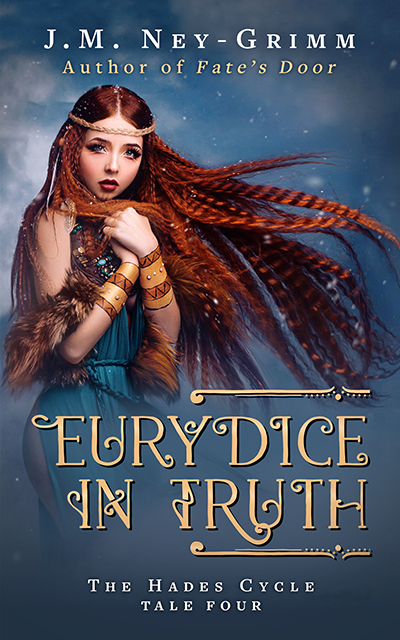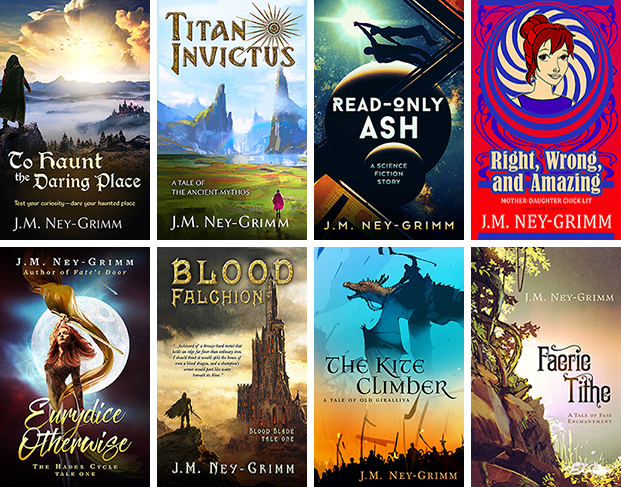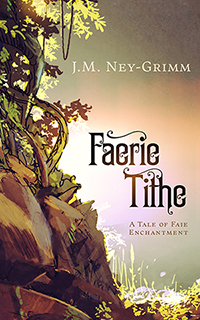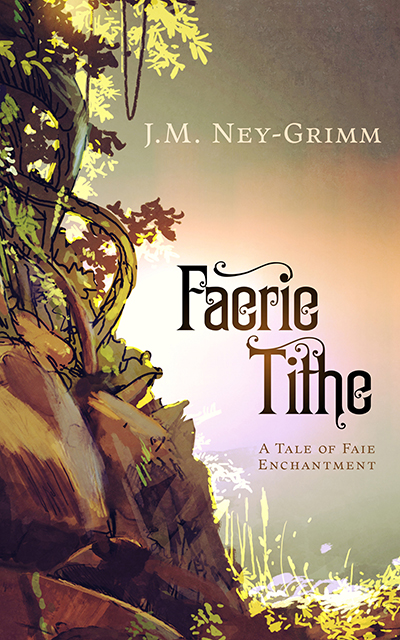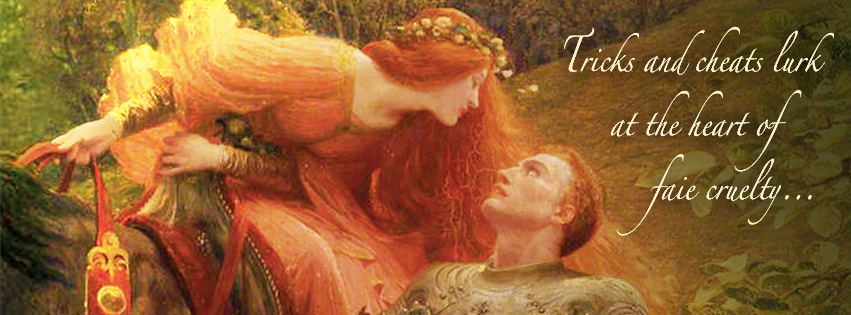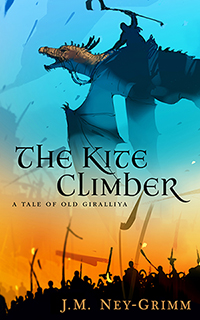My short story “Faerie Tithe” was inspired by L.M. Montgomery’s novel The Story Girl.
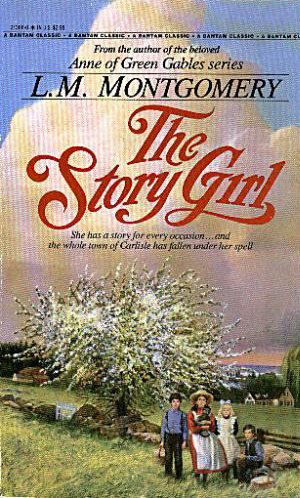 The Story Girl is an idyll of childhood, featuring children who are loved, protected, and supported, but who still encounter the typical challenges of growing up.
The Story Girl is an idyll of childhood, featuring children who are loved, protected, and supported, but who still encounter the typical challenges of growing up.
I suspect Lucy Maud Montgomery may have been reflecting on her own childhood while she wrote The Story Girl and realizing that in spite of the tragedy and darkness present in her young years (she was raised by her aunt and uncle, because both her parents died), there were many wonderful and special moments, too.
So, how did a golden idyll of childhood inspire a story visiting the darker side of Faerie?
In two ways.
Firstly, all Montgomery’s books include lyrical descriptions of the Canadian countryside that evoke a sense of wonder and awe. The forests, lakes, and meadows of Montgomery’s Canada might be fairyland.
And secondly, the character from whom the novel gets its name is a storyteller. Many of her stories recount the humorous doings of local people in the community or stirring events from history. But a few visit Faerie.
In chapter sixteen, “The Ghostly Bell,” is the merest sketch of the tale that inspired “Faerie Tithe.”
Accordingly, after tea we all set off, armed with jugs and cups. Felicity, thoughtful creature, also took a small basketful of jelly cookies along with her. We had to go back through the maple woods to the extreme end of Uncle Roger’s farm—a pretty walk, through a world of green, whispering boughs and spice-sweet ferns, and shifting patches of sunlight. The raspberries were plentiful, and we were not long in filling our receptacles. Then we foregathered around a tiny wood spring, cold and pellucid under its young maples, and ate the jelly cookies; and the Story Girl told us a tale of a haunted spring in a mountain glen where a fair white lady dwelt, who pledged all comers in a golden cup with jewels bright.
“And if you drank of the cup with her,” said the Story Girl, her eyes glowing through the emerald dusk about us, “you were never seen in the world again; you were whisked straightway to fairyland, and lived there with a fairy bride. And you never WANTED to come back to earth, because when you drank of the magic cup you forgot all your past life, except for one day in every year when you were allowed to remember it.”
“I wish there was such a place as fairyland—and a way to get to it,” said Cecily.
“I think there IS such a place—in spite of Uncle Edward,” said the Story Girl dreamily, “and I think there is a way of getting there too, if we could only find it.”
Well, the Story Girl was right. There is such a place as fairyland—but only children can find the way to it. And they do not know that it is fairyland until they have grown so old that they forget the way. One bitter day, when they seek it and cannot find it, they realize what they have lost; and that is the tragedy of life. On that day the gates of Eden are shut behind them and the age of gold is over. Henceforth they must dwell in the common light of common day. Only a few, who remain children at heart, can ever find that fair, lost path again; and blessed are they above mortals. They, and only they, can bring us tidings from that dear country where we once sojourned and from which we must evermore be exiles. The world calls them its singers and poets and artists and story-tellers; but they are just people who have never forgotten the way to fairyland.
It’s that last paragraph that makes me think Montgomery was appreciating her own childhood afresh.
But it’s the first and second paragraphs that formed my own inspiration. I wanted the full story on the fair lady with the golden cup and the mortal man she ensnared, which meant that I needed to write it myself.
Thus “Faerie Tithe” was born.
* * *
For a related post—on how a mortal healer enchants a faie knight—see:
A Song of Peace
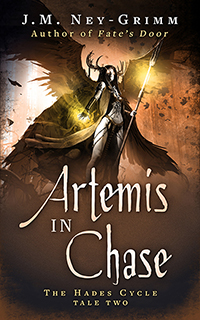 The goddess of the hunt burns for justice…
The goddess of the hunt burns for justice…
